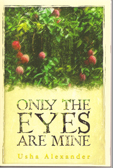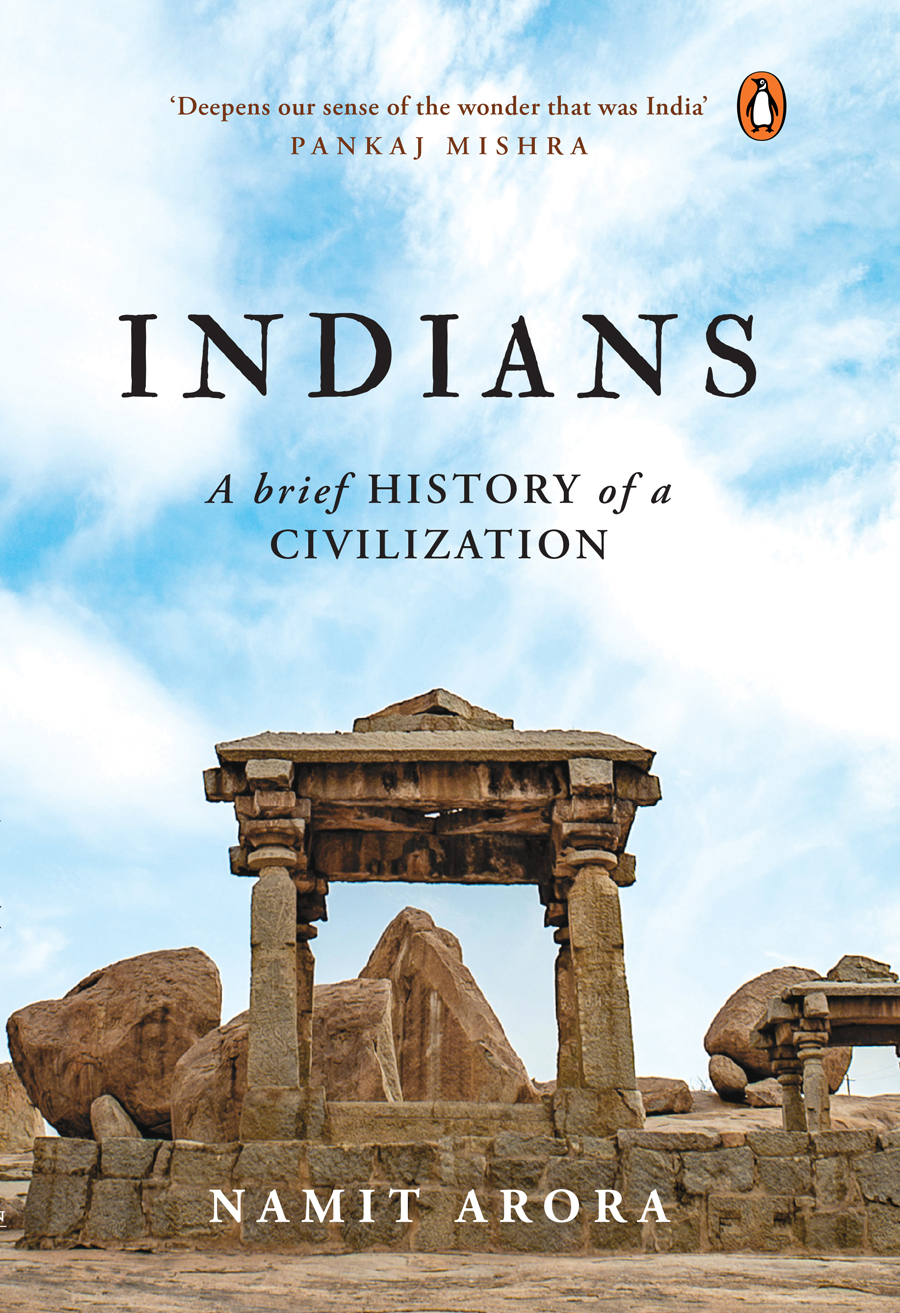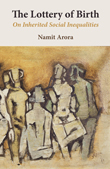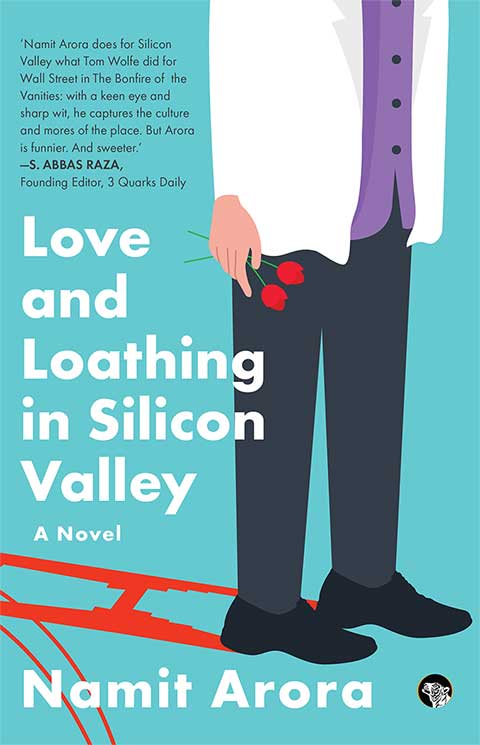| Index of articles from the Blog |
| Animals |
| Anthropology & Archaeology |
| Art & Cinema |
| Biography |
| Books & Authors |
| Culture |
| Economics |
| Environment |
| Fiction & Poetry |
| History |
| Humor |
| Justice |
| Philosophy |
| Photography |
| Politics |
| Religion |
| Science |
| Travel |
Books by
Books by
|
By Namit Arora | Jul 2008 | Comments
|
Two years ago on a train in South India, I struck a conversation with a middle-aged Indian from New Jersey, traveling to visit his parents. He worked as a researcher at Colgate-Palmolive and held an advanced degree in science. Early in our conversation, after I told him about my extended travel in India, he professed a deep interest in Indian history. He even taught it as a hobby to the kids of middle-class Indian immigrants like himself, "keen on taking pride—some self-respect and dignity—in the culture and traditions of their original homeland." *
Not only was he terribly mixed up on dates, he also evinced a strong tendency to regard Hindu scriptures as vessels of literal history. When I pushed him, he claimed that Lord Rama lived 1,725,000 years ago, when he also built the Ram Setu to Lanka (click to read what an Indian software engineer in the US has to say about it—he represents an outlook shared by a fair percentage in this demographic). He even tried to prove the historicity of Lord Krishna, citing the submerged ruins of an Indus Valley settlement discovered off the coast of Gujarat in the 80s, which he claimed was Krishna's kingdom of Dwarka. I looked around and noticed that our debate had become a spectacle and many strangers were staring at us. Since neither of us was going to budge, I tried to end the debate. Fortunately, our destination soon arrived, and we said awkward goodbyes. I reflected later that he had invoked scientific jargon to make his case, but, as with so many other Indian scientists, he had internalized only the authority of science, not much of its spirit. He was clearly able to compartmentalize his reason—so he could innovate and achieve results in his scientific profession—while remaining quite innocent of critical thought in other spheres of his life. I felt sorry for the unsuspecting kids this man was teaching twice a week. Upon his return to the US, he emailed me pointers to websites that supported his view of history. A quick web search revealed that he was a bona fide Hindu chauvinist, a card-carrying member of the Hindu Swayamsevak Sangh (HSS).
After about 75 pages of analysis, evidence, and rebuttal, he reaches the following devastating conclusions:
If we would in fact assemble all of the autochthonous ''evidence'' (as has been attempted here in brief form) and think it through ... we would have to rewrite not only Indian history, but also many sections of archaeology, historical linguistics, Vedic literature, historical geography, zoology, botany, astronomy, etc. To apply the new "theory" consistently would amount to a "paradigm shift" in all these fields of study. But biologists, for example, would not be amused. To sum up: even when neglecting individual quirks, the various autochthonous proposals simply do not present a cogent picture. They almost completely neglect the linguistic evidence, and they run into serious chronological and geographical difficulties: they have horse drawn chariots in S. Asia before their actual invention, horses in S. Asia before their introduction from Central Asia, use of iron tools at 1900 BCE before its first use at c. 1200/1000 BCE. They have the Rigvedic Sarasvati flowing to the ocean while the Rigveda indicates that it had already lost its main source of water supply and must have ended in a terminal lake (samudra). They must also distort the textual evidence of the Rigveda to make it fit supposed Harappan fire rituals, the use of the script, a developed town civilization and its stratified society of traders and artisans, and international maritime trade. And, they must rewrite the literary history of the Vedas to fit in improbable dates for the composition of most of its texts so that they agree with supposed contemporary astronomical observations -- when everything else in these texts points to much later dates. The revisionist and autochthonous project, then, should not be regarded as scholarly in the usual post-enlightenment sense of the word, but as an apologetic, ultimately religious undertaking aiming at proving the 'truth' of traditional texts and beliefs. Worse, it is, in many cases, not even scholastic scholarship at all but a political undertaking aiming at 'rewriting' history out of national pride or for the purpose of 'nation building'. If such writings are presented under a superficial veneer of objective scholarship they must be exposed as such, at least in the context of critical post-enlightenment scholarship. Alternatively, they could simply not be taken seriously as historiography and could be neglected (which seems to be the favorite attitude of most scholars in Indology/Indian Studies). In both cases, however, they must be clearly understood and described as traditional, (semi-)religious writings. Therefore they should be regarded and used, not as scholarly contributions, but as objects for the study of the traditional mind, -- uncomfortable as this might be for some of their proponents, many of whom combine, in facile fashion, an education in science with a traditional minds. Read Witzel's full paper here.
|
Designed in collaboration with Vitalect, Inc. All rights reserved. |
|













